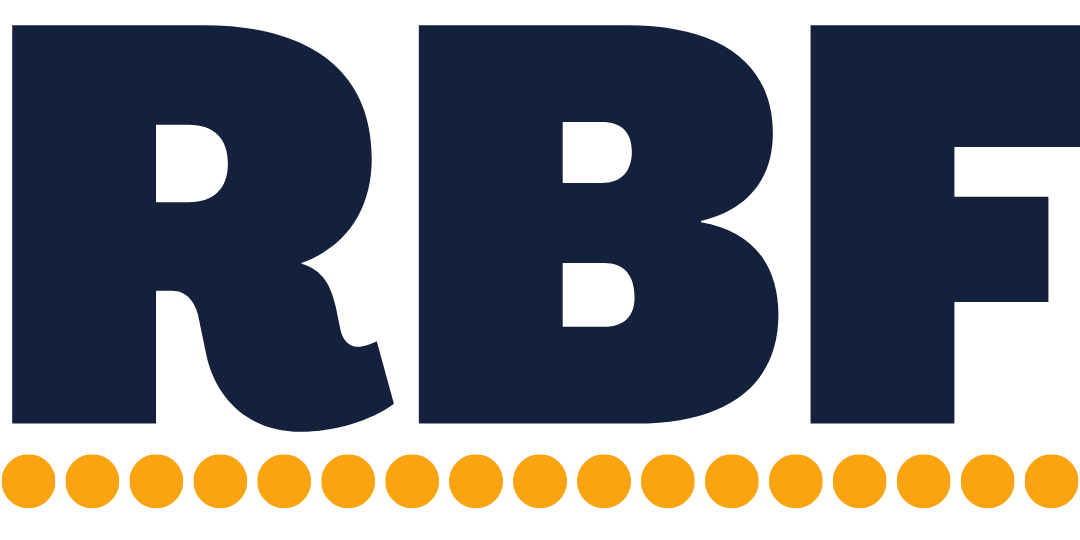The four levers of cash flow 💸
I won an award 😊🎉 (and I’m gonna brag about it for the next few weeks 😋) – CPA Practice Advisor 40 under 40
The most common cash flow wisdom is to accelerate cash inflows and delay cash outflows. Or, in everyday terms, get paid faster and take as long as possible to pay other people – which sounds like good advice. It’s simple, easy to implement, and there is some truth to it. Getting paid upfront does make a huge difference and delaying payments is a valid emergency tactic. But, it’s incomplete advice that’s only meant for emergencies. It’s no way to run your long-term, big-picture cash flow. You need to win cash flow before you get to the point of emergency maneuvers.
Big-picture cash flow is won with day-to-day best practices. It’s a series of small wins that add up to something bigger. Tactics like offering discounts for early payments and delaying expenses only kick the can down the road (and magnifies the eventual problem). You can’t do it every week. You have to make those payments eventually. Emergency tactics are a good stop-gap, but working on those processes and levers will give you reliable cash flow.
Processes and best practices make cash flow:
We typically talk about cash flow as if it’s something that just happens and is totally outside our control. And, while some things are out of our control (like a client paying late or a surprise bill), cash flow is heavily influenced by our actions and processes. Late payments can be prevented by requiring payment upfront. Surprise bills can be softened with an emergency fund. Implementing best practices today will influence your cash flow tomorrow.
Four processes to focus on:
Small agency cash flow can be oversimplified into four processes and levers: invoicing, profitability, saving, and owner’s distributions. There’s some other factors and fringe issues, but optimizing those four will go a long way toward strengthening overall cash flow.
- Invoicing – Invoicing is the main cash inflow to your business. There’s other minor ones like loans, investments, and owner’s contributions. But, 90% of your cash comes in via invoicing.
Goal – collect as much upfront with as little friction as possible - Profitability – Profitability gives you wiggle room. You’ll have more money left over with 50% margins than you would with 5% margins. And, if you’re unprofitable, you will eventually run out of cash (without outside loans, investments, or contributions). It’s inevitable.
Goal – increase profitability thru a combination of higher pricing, better offers, expense audits, and increased efficiency/utilization - Savings – Savings smoothes out hiccups and timing issues. No matter how perfectly you plan your cash flow, you’ll always have situations where bills are due while you’re waiting for payments to clear. And, there’ll be periodic emergencies and mid-term payments (like quarterly estimated taxes) that your day-to-day operational cash flow won’t be able to handle.
Goal – build (at least) three savings funds: operating funds, emergency funds, and quarterly tax funds. You can add more as needed. - Owner distributions – Owners distributions are the only major agency expense that can be realistically rescheduled. Systemizing them adds the final bit of structure and predictability to your expenses and prevents the downward force created by random distributions constantly draining your accounts.
Goal – take owner’s distributions thru a regular living wage and quarterly bonus distributions (how exactly that’s all structured will depend on your legal entity’s requirements)
Why bill pay isn’t an important lever:
Cash flow advice usually has a heavy emphasis on expenses, bill pay, and accounts payable. Planning when to pay those expenses gives you much more granular control over your cash flow. And, that’s a very common strategy in non-service businesses (eg, retail, ecom, construction, etc) which require a lot of supplies (eg, inventory, job materials, equipment, etc) that usually have negotiated payment terms. Those sorts of businesses can juggle payments to their vendors and take full advantage of a bill’s ‘Net 30’ payment terms.
But, there’s essentially five major expenses in agencies – payroll, rent, tech, taxes, and owner’s distributions. The first three need to be paid on time (or else):
- If payroll isn’t paid on time, talent will leave and you’ll get a call from the Department of Labor.
- If rent or your mortgage isn’t paid on time, you’ll get an eviction or foreclosure notice.
- If tech and software aren’t paid on time, they’ll shut off your access.
There’s a little wiggle room there (for example, contractors don’t have the same strict payment terms as employees or you can pay rent a few days late), but it better be an absolute emergency before you pull that rip cord. Regularly playing games with these expenses is a bad practice.
Then, that leaves the last two major expenses – taxes (which most small business owners aren’t paying on time, to begin with) and owner’s distributions, plus the various other minor bills that won’t make or break cash flow.
💪 What we do at Resting Business Face 😤
🚀 Finance Partner: Forecast the next 12+ months, improve your cash flow, and work closely with yours truly.
🤓 Hands-off Consulting: Annual forecasting and quarterly calls when you need just a touch of guidance.
🏛️ Tax Essentials: Taxes, accounting, and payroll to keep your business on the IRS's good side.
